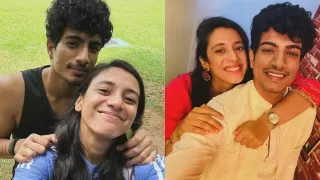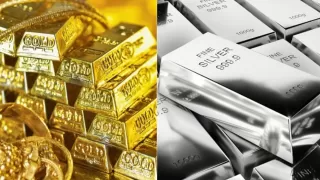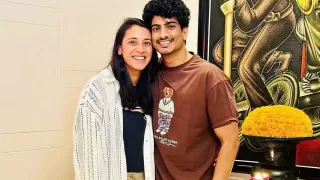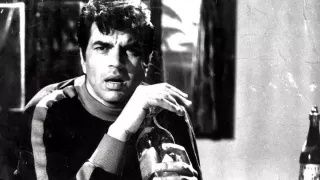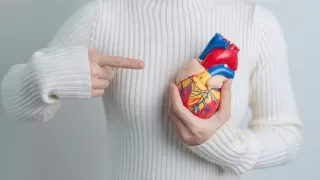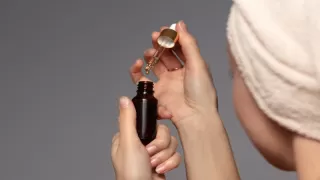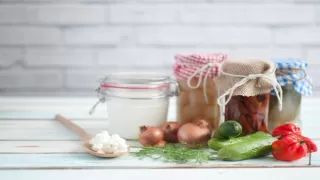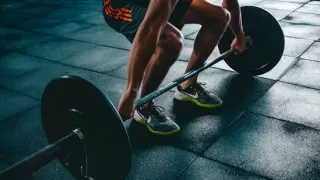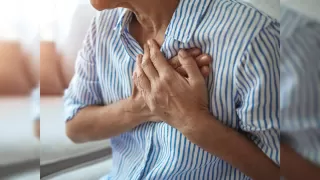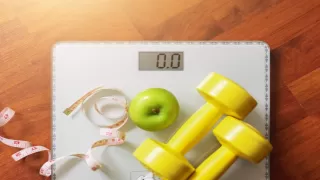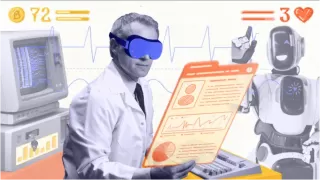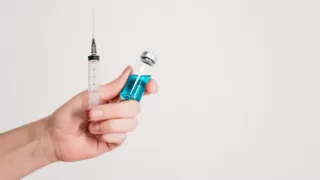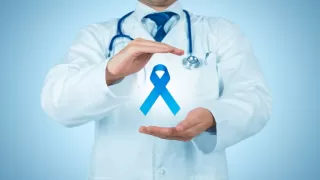Breast pain is a common symptom of premenstrual syndrome (PMS) and is usually caused by hormonal changes. Breast pain usually starts two weeks before your period, gets worse, and goes away when your period ends.
Myths vs Facts: Is breast pain during periods a symptom of any disease?
Breast pain may feel dull, heavy or aching. It may also make your breasts feel dense, lumpy or full. Breast pain usually affects both breasts and can sometimes spread to your arms.
Period pain is caused by hormonal changes:
Breast pain is caused by a decrease in estrogen and progesterone. These hormones control your menstrual cycle. There are a few things you can try to relieve breast pain. Eat a low-fat diet and avoid caffeine, alcohol and salty foods.
Eat foods rich in vitamin E and magnesium, such as peanuts, spinach, hazelnuts, bananas, carrots, avocados and brown rice. Wear a well-fitting bra. Exercise daily. If breast pain persists for a long time, take a nonsteroidal anti-inflammatory medication (NSAID) such as Advil (ibuprofen) or Aleve (naproxen).
Many girls experience breast pain before their periods begin. This pain is caused by a decrease in the hormones estrogen and progesterone, which are responsible for a girl's menstrual cycle. For some girls, the pain lessens as they age. But this is not the case for all. There can be many possible causes for breast pain or mastalgia. The symptoms can be cyclic or noncyclic. If the pain is cyclic, it is related to the fluctuating hormones of the menstrual cycle. Noncyclic breast pain can be caused by PMS, fibrocystic breast changes, bruises and sprains, or swelling around the ribs.







